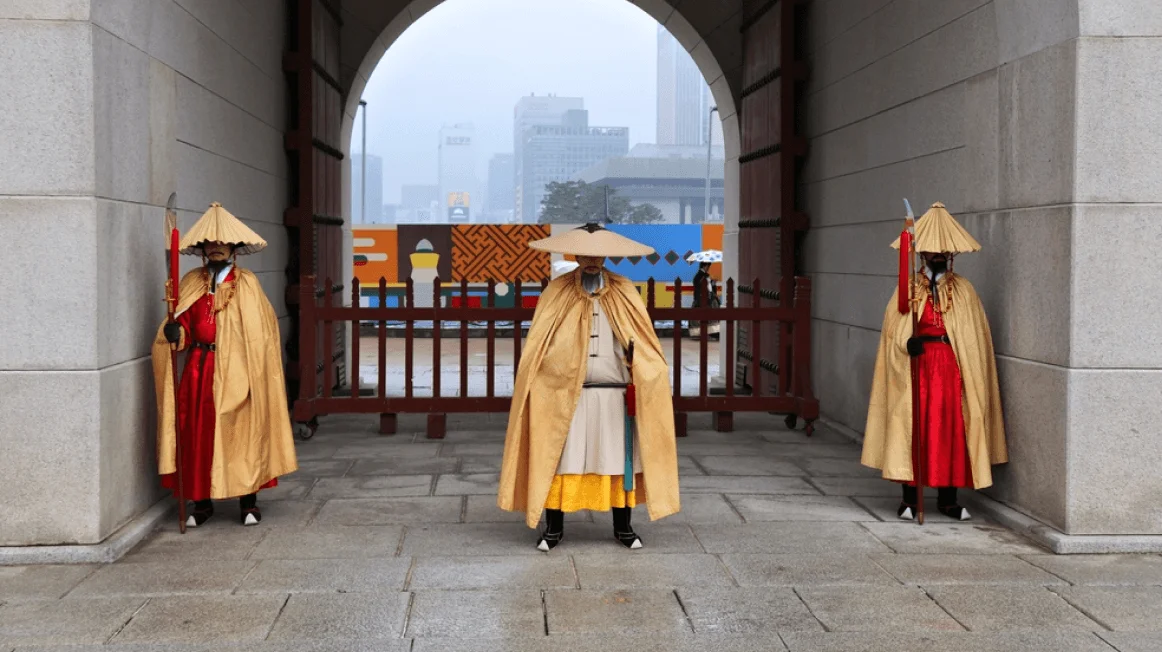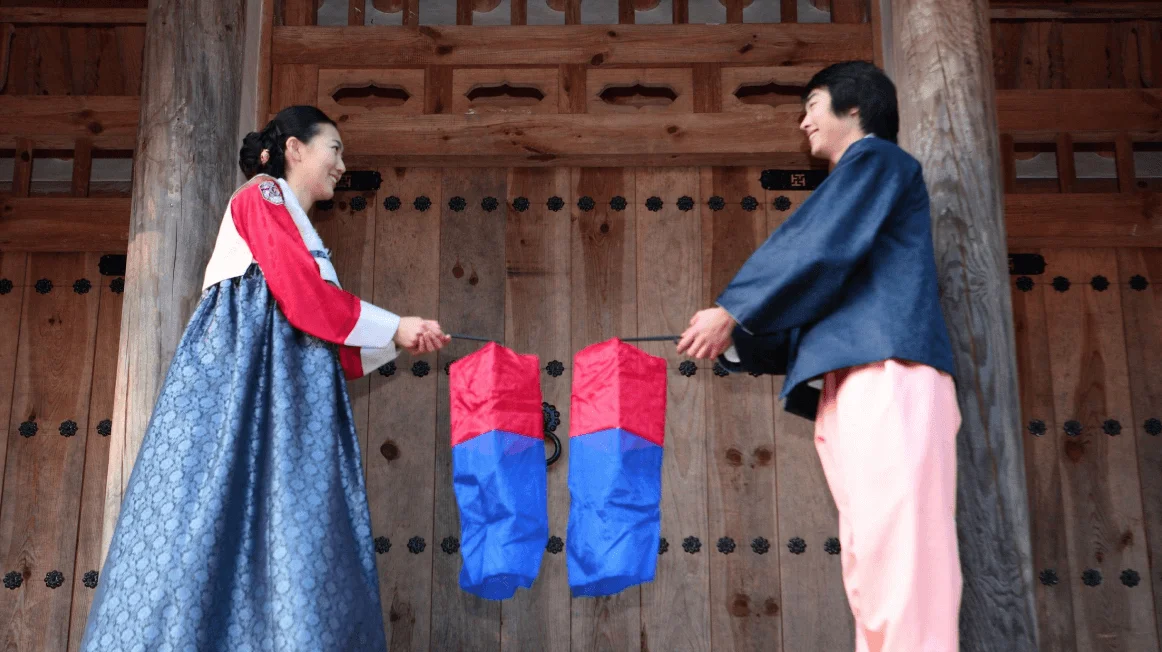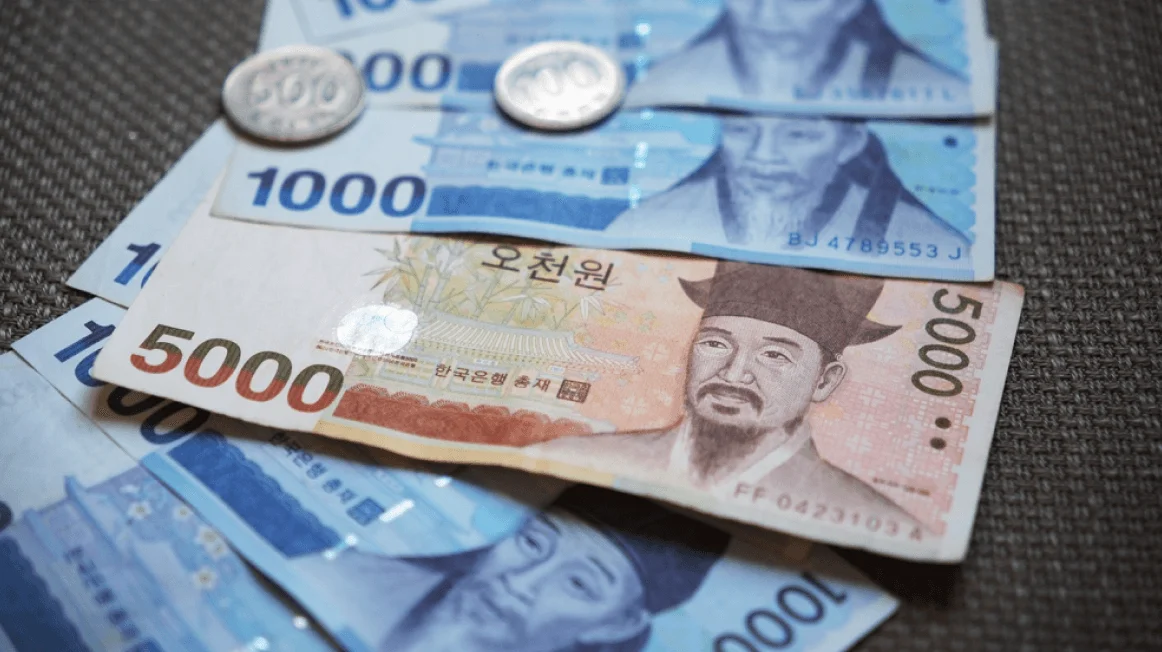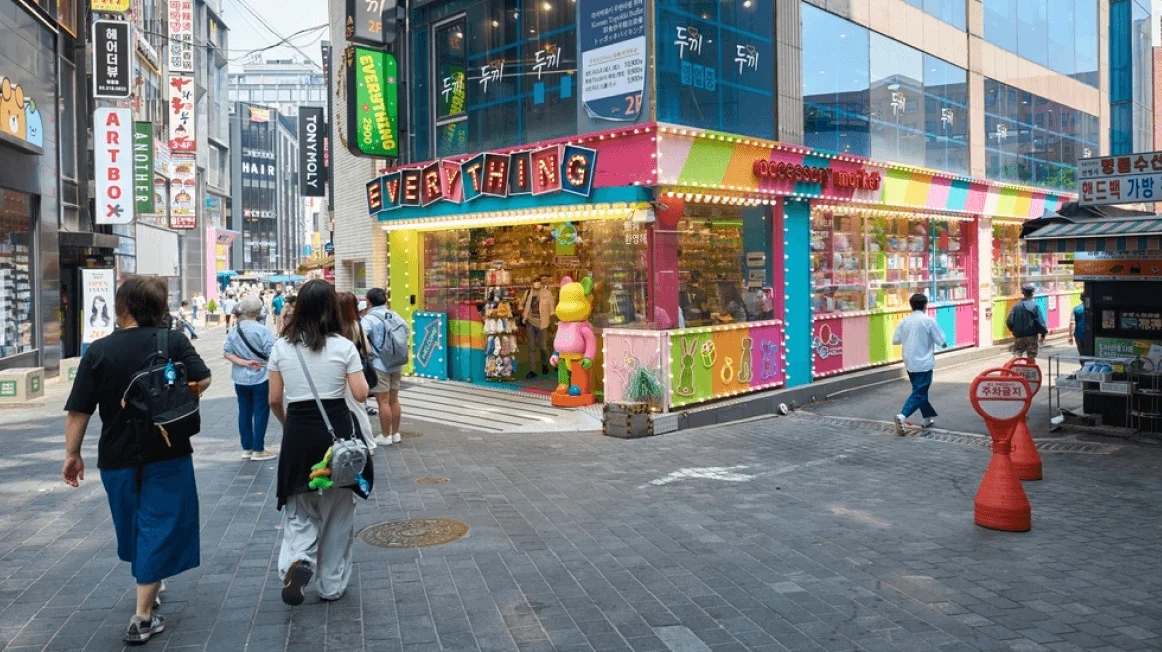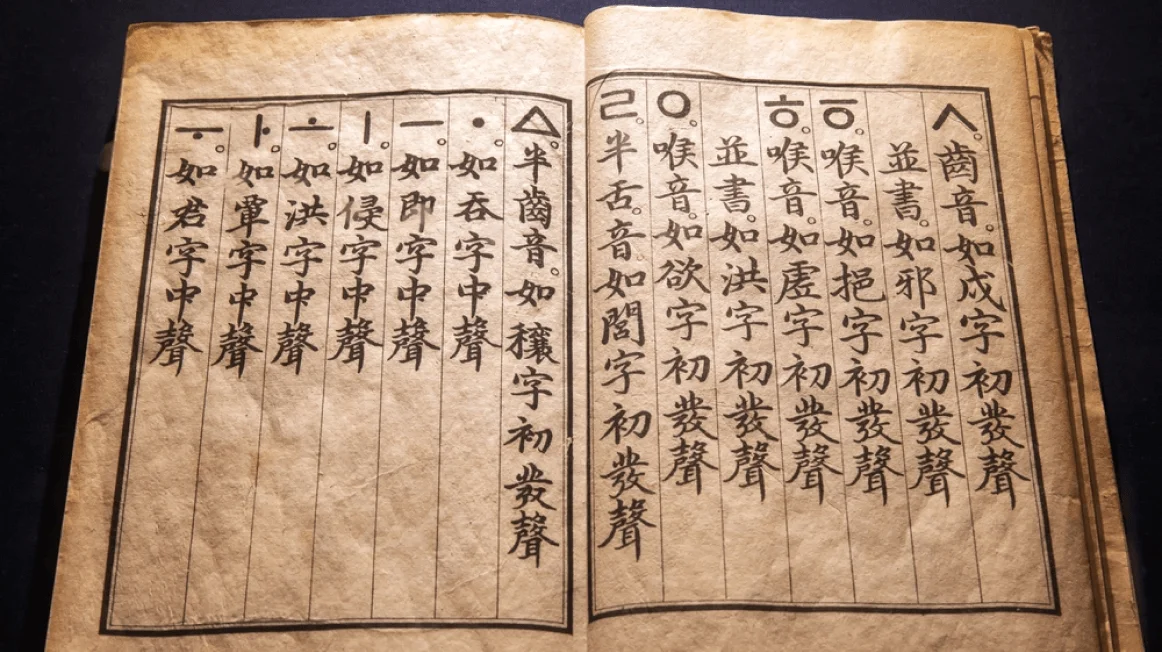
South Korean history is marked with tales of endurance, innovation and transformation. It tells the tale of multiple dynasties vying for power, foreign invasions that have attempted to uproot age-old traditions and the perseverance behind holding on to one’s roots. The earliest signs of life in the Korean Peninsula date back to the prehistoric era. The formation of the Korean State is attributed to the mythical figure named Dangun who formed Gojoseon around 2333 B.C.
Once World War II was over, the Korean Peninsula was split into two zones- The Soviet-supported North and US-supported South. The formation of separate governments ultimately led to the Korean War in 1950 which lasted till the armistice in 1953. They agreed to remain separate states that were ruled by separate powers.

